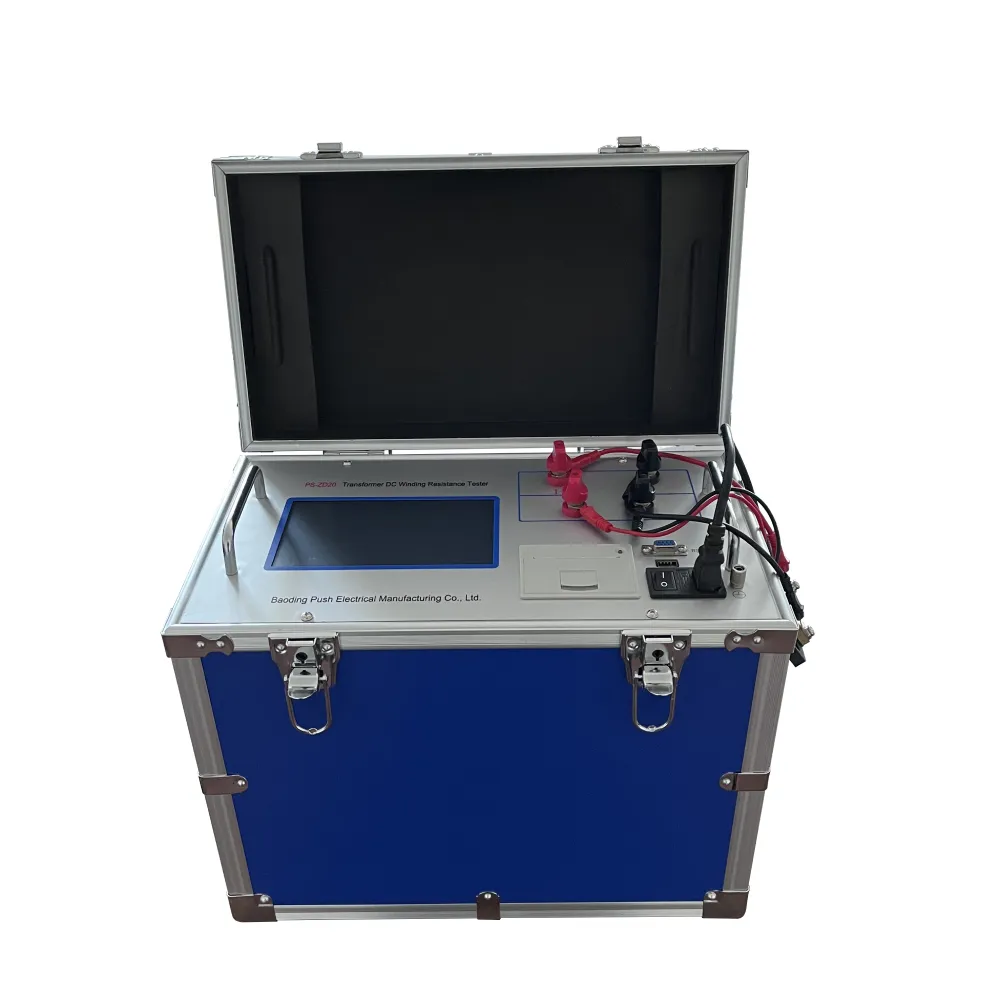 English
English


How to Use a Multimeter for Inspecting and Testing a Transformer Effectively
Checking a Transformer with a Multimeter
Transformers are integral components of electrical systems, used to step up or step down voltage levels for various applications. Whether in industrial settings, home appliances, or power distribution, ensuring the transformer is functioning correctly is critical for overall system performance and safety. One of the most accessible methods to check a transformer is by using a multimeter. This article will guide you through the steps to effectively check a transformer with a multimeter, highlighting the parameters to measure and the interpretations of those measurements.
Understanding the Multimeter
A multimeter, also known as a volt/ohm meter (VOM), is a versatile tool that can measure voltage (volts), current (amperes), and resistance (ohms). For transformer testing, you will primarily focus on measuring voltage and resistance. Digital multimeters (DMMs) are preferred due to their accuracy and ease of reading.
Safety Precautions
Before beginning any testing, it’s crucial to prioritize safety. Always disconnect power to the transformer before making any measurements. Ensure you wear appropriate personal protective equipment (PPE) and work in a dry area to minimize the risk of electrical shock.
Steps to Check a Transformer
1. Visual Inspection Begin with a visual inspection of the transformer. Look for signs of damage, such as burnt areas, corrosion, or oil leaks (in oil-filled transformers). Any visible defect could indicate a failure that merits further investigation or replacement.
checking a transformer with a multimeter

2. Measure Primary Voltage With the transformer disconnected from the circuit, set your multimeter to measure AC voltage. Connect the multimeter probes to the primary winding terminals of the transformer. Power the transformer (if safe to do so) and observe the voltage reading. For a proper functioning transformer, the voltage should match the rated input voltage specified on the transformer’s label.
3. Measure Secondary Voltage Next, switch your multimeter probes to the secondary winding terminals. Repeat the process of powering the transformer and measuring the AC voltage. The reading should correspond to the expected output voltage based on the transformer’s specifications. Keep in mind that transformers operate on the principle of turns ratio, so the secondary voltage will be a fraction or multiple of the primary voltage.
4. Resistance Measurement Once initial voltage checks are complete, turn off the transformer and set your multimeter to measure resistance. Disconnect the wiring before connecting the multimeter probes to each winding terminal. Measure the resistance of both the primary and secondary windings. A healthy transformer should show a finite resistance reading, while a reading of zero or infinite resistance indicates short-circuited or open windings, respectively.
5. Check for Continuity With the multimeter still set to the resistance mode, check for continuity by ensuring there is no break in the winding(s). If there is an open circuit, the transformer is faulty and should be replaced.
Interpreting Results
- Primary and Secondary Voltage Readings If the measurements are significantly lower than expected, there may be an issue with input power or an internal fault within the transformer. - Resistance Readings Normal resistance values depend on the transformer's specifications; consult the manufacturer’s documentation for reference. Abnormal resistance can denote internal damage.
Conclusion
Employing a multimeter to check a transformer is an efficient way to diagnose performance and ensure safety. By following the outlined steps—conducting visual inspections, voltage measurements, and resistance checks—you can assess the functionality of your transformer and determine if professional servicing or replacement is necessary. Regular maintenance and inspections can extend the lifespan of transformers and safeguard the overall electrical system.
-
Differences between open cup flash point tester and closed cup flash point testerNewsOct.31,2024
-
The Reliable Load Tap ChangerNewsOct.23,2024
-
The Essential Guide to Hipot TestersNewsOct.23,2024
-
The Digital Insulation TesterNewsOct.23,2024
-
The Best Earth Loop Impedance Tester for SaleNewsOct.23,2024
-
Tan Delta Tester--The Essential Tool for Electrical Insulation TestingNewsOct.23,2024





